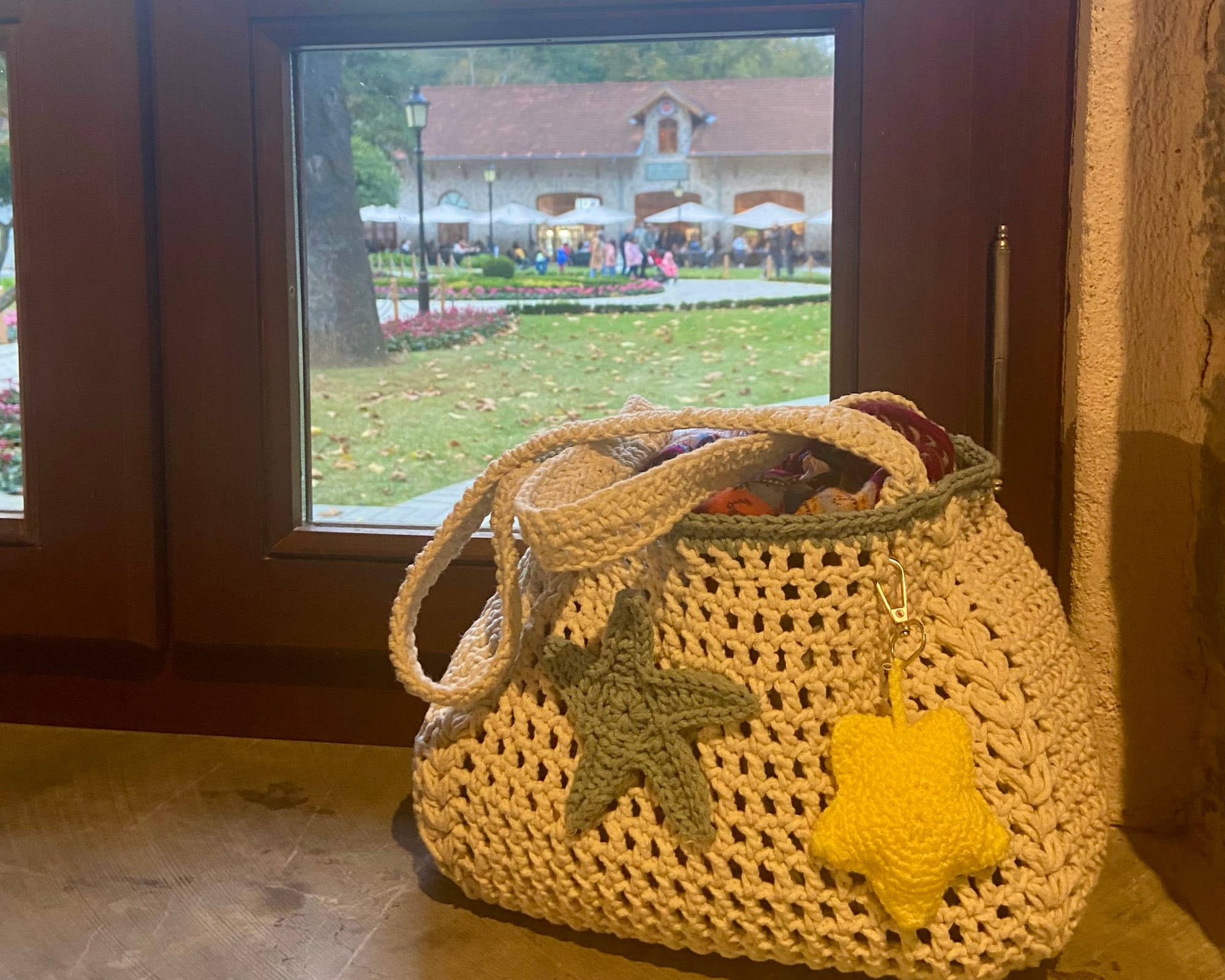After School - Weeks 6, 7 & 8
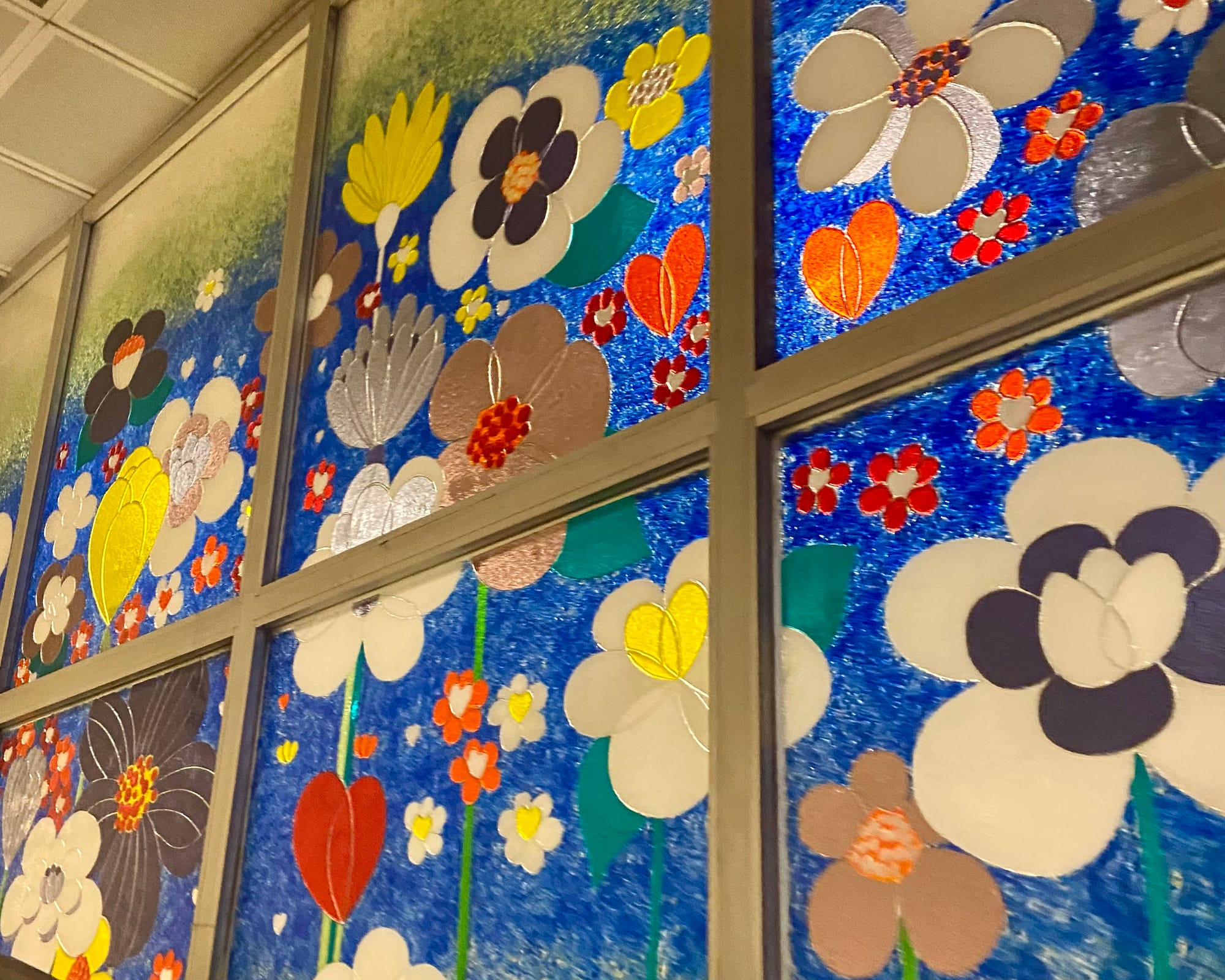
Welcome back! I’ll be honest - this post almost didn’t happen. The past a few weeks have been a mixture of busyness and reluctancy. You must know how it goes, when you take a long break from doing something, it gets even harder to pick it up back again. I knew if I let this week slide, I would completely quit it. So, here you have the compilation of the past three weeks in your presence! Let’s catch the flow again with the moments, thoughts and insights from the past three weeks! I hope you enjoy it and look forward for what’s to come!
Course Insights
Mostly on translation as expected!
- Did you know that Fenelon’s Telemaque takes on an entirely different style in its Ottoman Turkish translation? Originally a story, the translator shifted it into the inşa style—the canonized literary style of the era as the translator believed it was unsuitable for a grand vizier to speak in the casual tone of a story. It’s a fascinating indicator of how translation norms evolve over time, reflecting the literary systems in place.
- Ahmet Mithaf Efendi, a remarkably prolific, considered word for word translation inelegant and free translation as lacking to convey the subtle meanings. Instead, he opted for staying true to the plot and events while reshaping the style and morar undertones to aling with his own sensibilities. It sounds pretty free to me. (He is the first Turkish story writer and novelist.)
- Here comes the explanation! Ahmet Mithat’s approach wasn’t just about aesthetics. The answer lays in the center-peripheral dynamics of the time. Such genres were just being introduced to Ottoman readers, hence making up for the center. Authentic works were penned drawing on such translations. Through his adaptive style, the differences between translations and his own works were diffused.
- If this piques your interest, you can check Itamar Even-Zohar’s polysystem theory.
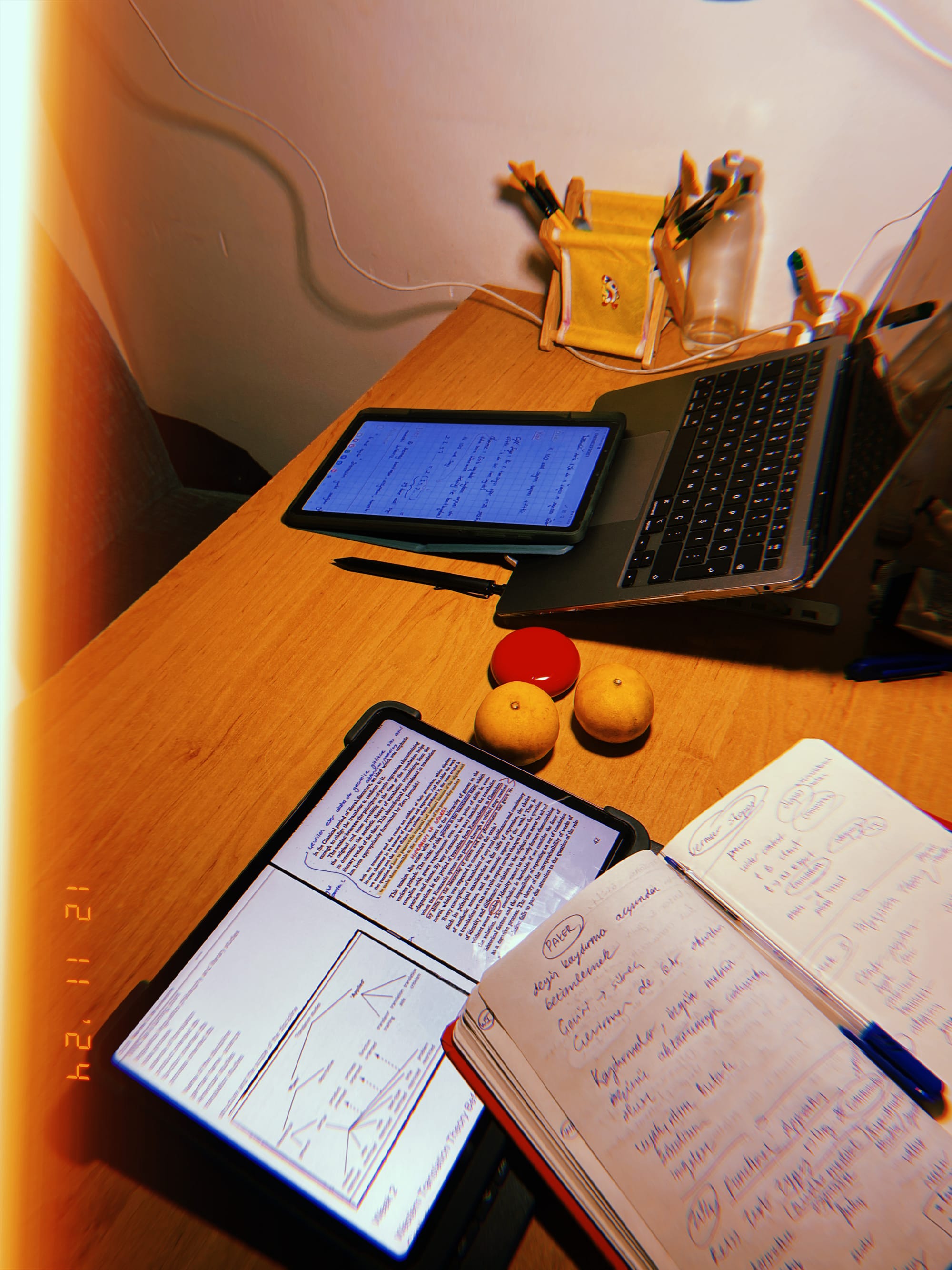
- We have a great example to illustrate the polysystem theory: Tanzimat era. I asked my professor if this era was well known internationally or they had their own equivalent literary revolutions. eras instead. Her answer opened my eyes to how translation itself is often marginalized. Countries like the USA or UK translated literature isn’t as central. So, translation and interpreting studies isn’t much discussed. In contrast, countries where translated literature thrives have significantly advanced in translation and interpreting studies.
- I particularly liked the issue of operational norms in Toury’s translation theory. According to him translation is made into what he calls a “model language”. At its best, it includes traces and residues of the former. At its worst, it is an artificial, non-existent variety. If your culture is influenced by translation in any manner, i think you can think of an example easily.
- Ever heard of pseudotranslation?.A turkish author once created a foreign alias pretending to translate a book she actually wrote herself! Why? In an interview, she reveals while she wanted to write herself, society dismissed her as too young to be an author. If she wished, she could translate (up to 4 books, while if she insists on writing an authentic book, they would publish only one).
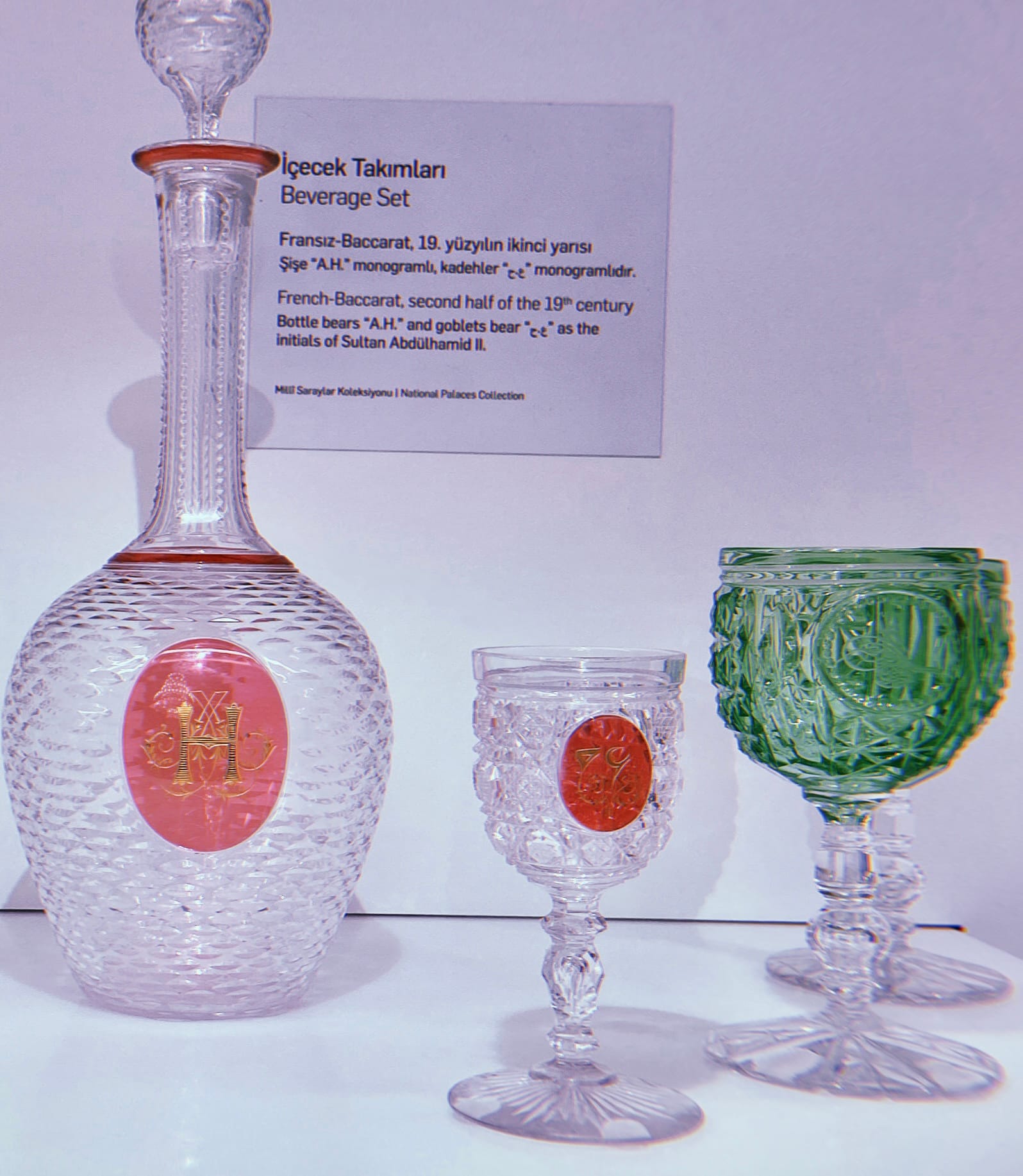
- Abdulhamid II was in a way contradicting with the tendencies of his own era. Nations were moving toward greater democratic self-governance, he was consolidating his own singular power.
- Did you know the Ottoman reformist groupt İttihat ve Terakki- translates into “Order and Progress”, just like the text written in the Brazilian flag!
WTW
The 7th Seal - Playing Chess with Death
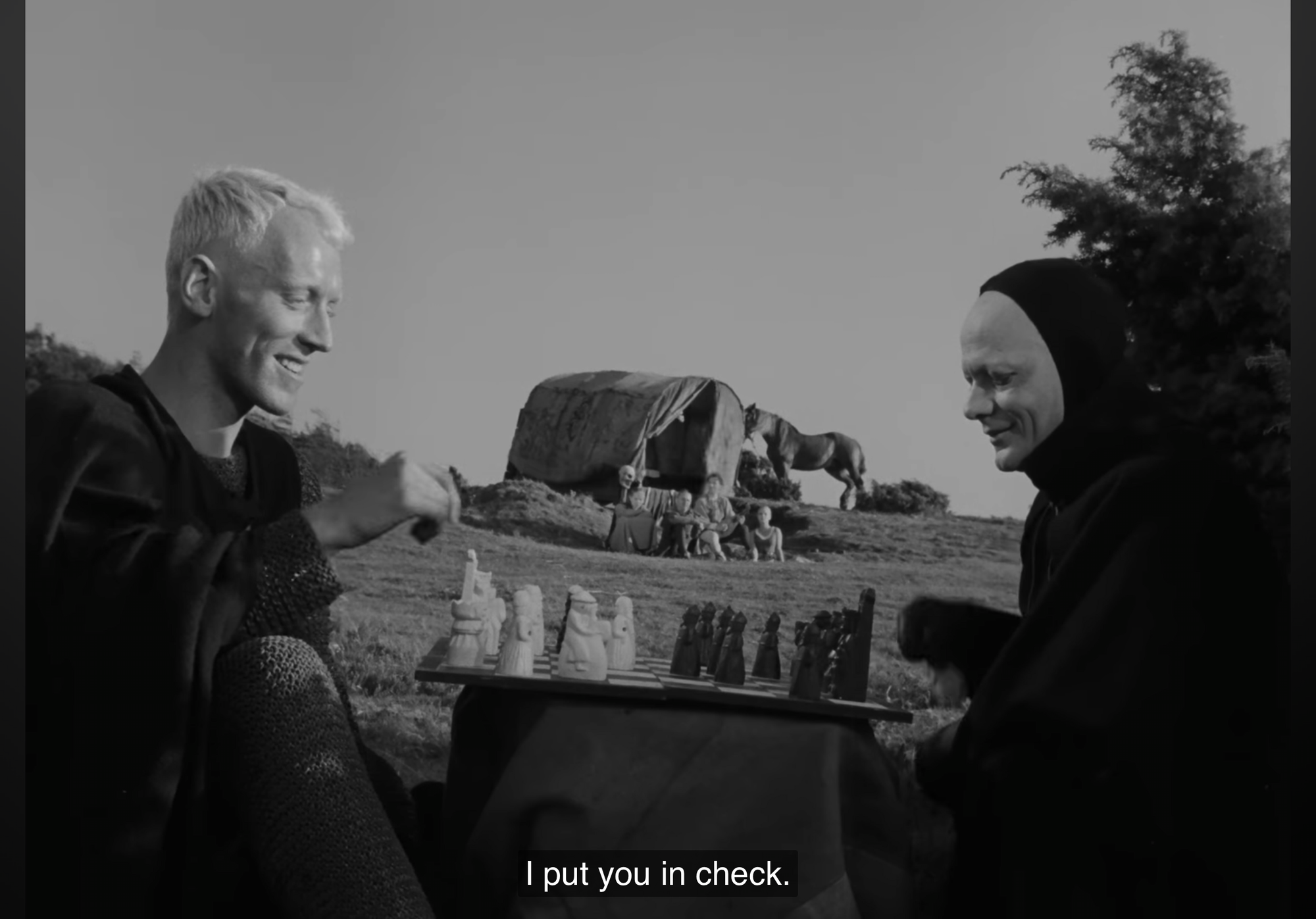
On a friend’s recommendation, I watched The 7th Seal. Directed by Ingmar Bergman, this black and white movie is set in medieval Europe during the plague and follows a knight who challenges Death to a game of chess. The movie raises some questions about life, faith, and the meaning of existence. I found it really interesting—there’s so much to think about it. Have you seen this movie? If yes, I would love to hear your comments!
WTR
I never promised you a rose garden

This book tells the story of Deborah, a teenage girl navigating life in a mental hospital while dealing with schizophrenia. It’s been a thoughtful read. I found some of her concerns relatable and others really insightful—like how she takes art for granted as a way to express herself, while for others, it’s something they have to fight for. It made me think about how much we take for granted in our own lives. I’m close to finishing it, and it’s definitely left me with a lot to reflect on.
It also reminded me of a Korean drama I watched last summer, Daily Dose of Sunshine, which is about a nurse working in a psychology ward and her patients. There are so many parallels between the two—I’m thinking it might be worth writing a post about them.
ANYTHING NEW?

I went to the Beykoz Glass and Crystal Museum recently. We loved that it had such a nice fall atmosphere—crisp air, colorful leaves—it set the perfect mood. Inside, the museum showcases the history of glass and crystal, from ancient artifacts to modern, elegant pieces.
